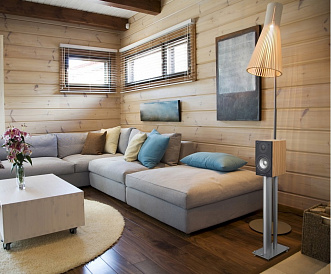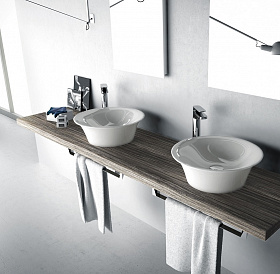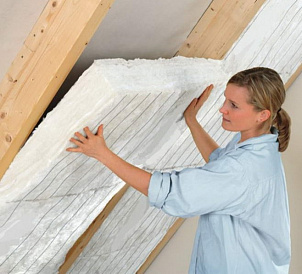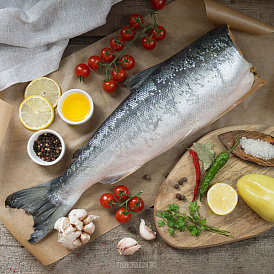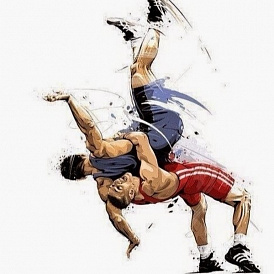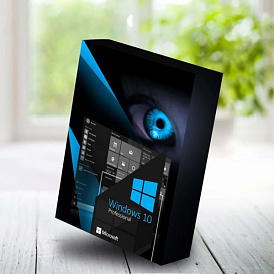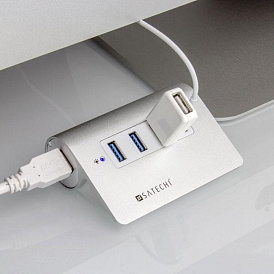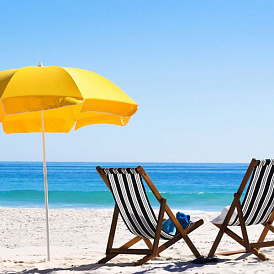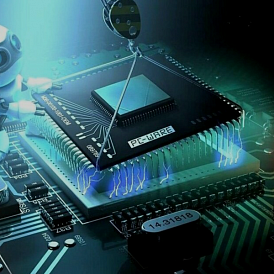Compare chipboard and MDF | Determine the best
Among representatives of the male half of our editorial office, one dispute somehow happened, and the debaters tried to find out what was better and how the chipboard differed from MDF. This topic seemed interesting, so we decided to conduct a comparative analysis of these popular materials. It turned out that they are identical at first glance, they have a number of differences, and quite significant ones.
The composition and method of production
The popularity of natural wood returns, but not all Russians are ready to buy furniture, doors and other interior design elements made of solid wood. It is elementary expensive, but why pay more and “reinvent the wheel” if it was invented long before us. In this case, we are talking about chipboard materials, presented in a wide range, and among them on a special account, particleboard and MDF are similar on the outside and different inside. To understand the similarities, and where the differences begin, will help the study of the composition and method of manufacture.
Definition and composition of chipboard
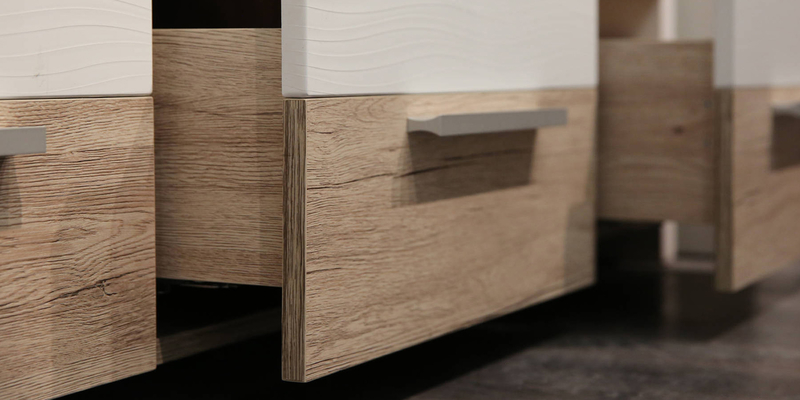
By definition, chipboard (chipboard) is a chipboard made by cold and hot pressing. Sawdust / wood chips from softwood and hardwood are used as the main ingredient in production (there is not much difference, as a rule). At the first stage of production, wood waste is dried and crushed in a cyclic installation. For the connection of wood fibers and imparting strength characteristics to them, formaldehyde resins are introduced into the composition, after which the mixture is subjected to cold and then hot pressing.
At the exit, we see a durable material of coarse-grained structure, ready for rough work. The plates are cut into sheets of the desired size, but the material is not yet ready for finishing surfaces and making furniture. The aesthetic properties of the chipboard plate are obtained due to the upper layer, according to the composition of which the chipboard is divided into the following types:
-
draft without the top layer of facing;
-
laminated, covered with paper, impregnated with melamine film of different colors and textures, use a special waterproof varnish, protected from scratches and other mechanical damage;
-
veneered with veneer in the form of fine wood.
Use chipboard depending on the type of material and the importance of work performed. If we are talking about the production of furniture for the kitchen, where there is high humidity and temperature fluctuations, then there is no LDSP. For the production of furniture for other rooms, you can use a more affordable counterpart - laminated chipboard. As a facing layer in its production uses paper planted on glue. When performing minor works at the construction site, draft boards are used, which are also ideal for packing cargo.
What is MDF and how it is produced
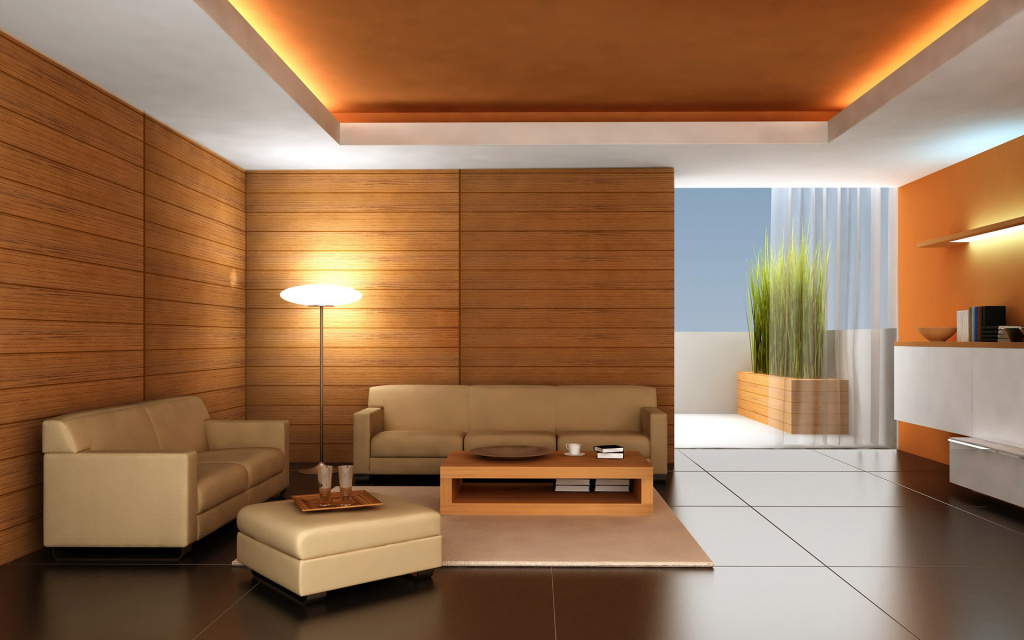
If earlier you heard about wood-shaving materials only by the “edge of the ear”, you can hardly distinguish chipboard and MDF immediately, as they have some external properties. In fact, they all have in common only that wood wastes, shavings and sawdust, are used for the production of both subjects.The first difference is that in the manufacture of medium density fiberboard (fine dispersion fraction), it is no longer solid sawdust and shavings that are used, but the waste of any wood, ground to a state of small fibers.
Small particles of wood are subsequently passed through a procedure of cleaning with hot steam under pressure, and then, even in the wet state, they are re-ground using a device called a grinder. At the final stage, the crushed waste is mixed with special resins. After that, the mixture is hot pressed. The result is a fairly durable, externally attractive material used to produce high-quality furniture. For other purposes, it is also suitable, but because of the high prices for secondary works, chipboard is used more often.
Compare the strength of materials
To understand which of the materials we test is stronger, just look at the cut of chipboard and MDF. Chipboard made of sawdust and shavings of different sizes, and oriented in different directions, and this can be seen with the naked eye. Accordingly, the strength of the material may vary significantly, and this indicator in the particle board of different types lies within 350-650 kg per 1 cubic meter. meter. Due to this variation, the strength of the products, like other characteristics, can also be very different.
MDF, for its part, is made from small particles of wood, so its density over the entire surface is almost the same, and the strength of the plates does not differ, respectively. It lies within 720-870 kg per 1 cu. m., and the difference with DSP, as you can see, is quite serious.
Conclusion! Fiber boards are more durable, and studies conducted by our specialists have shown that MDF exceeds certain types of wood in strength.
What material to choose from the point of view of ecology
One of the trends of modernity is considered a healthy lifestyle, so we try to eat healthy food and surround ourselves with environmentally friendly objects. What are the subjects of our MDF and particleboard from the point of view of ecology, and which of these materials is better to use in the arrangement of a children's room, for example.
We will begin the comparison according to tradition with chipboard, and this material, produced by Russian wood processing companies, corresponds to a single standard. This is a GOST 10632-2014, which does not give a complete picture of the environmental friendliness of the material, while in the EU countries there is a division into two types: E1 and E2, and you are unlikely to be advised by chipboard E2 for the arrangement of the nursery or the rooms in the kindergarten . Do not forget also that harmful formaldehyde resins are added to the chipboard, which cannot be said about the second subject.
In the manufacture of MDF plates also use resin, but less harmful carbamide. In its composition there is formaldehyde, and no one hides it, but in much smaller quantities. It is also worth noting the main difference in the production process, and, unlike chipboard, MDF plates are modified by melanin, which helps reduce the amount of harmful fumes.
Conclusion! Based on the foregoing, it can be noted that from the point of view of environmental friendliness, MDF is more acceptable, therefore, we can recommend it for a child’s room
What material can be recommended for the bathroom and kitchen?
Despite the "outstanding" properties of wood, it has one drawback - in the absence of additional protection, it is afraid of moisture. We tried to find out which of our materials is better resistant to the effects of high humidity, and which one is not recommended in the bathroom.
One can definitely say that it does not resist the moisture of the rough chipboard, but the laminated chipboard boards are not afraid of high humidity, which makes them popular when used in “extreme” conditions. There is one thing: you need to worry about the integrity of the lining, as if the film is damaged, water, leaking into the slab, will quickly destroy it.On the other hand, MDF has a high density, and even does not need additional protection, therefore the conclusion suggests itself.
Conclusion! The water resistance of MDF is higher than even in the case of using laminated chipboard, so it is recommended to use in rooms with high humidity.
Which is easier to handle
I would not like to praise MDF again, but this material has a lot of positive properties. Processing it is also easier, and again because of the better composition. We remember that chipboard includes sawdust and shavings of different sizes, located in different directions, and this means that it is not suitable for exact processing, which cannot be said about MDF. Its structure is homogeneous, so where accuracy and correct geometry is needed, this material will be just right - it is equally easy to cut and milled.
As for the decorative finishing of the tested materials, I would again like to give due to MDF, which is completely ready for applying a facing coating of any thickness. Say the same thing about chipboard like, but it does not work. Firstly, chipboard boards have a large roughness, so they need to be polished for lining with a thin film or paper, which means extra time and money.
Conclusion! MDF is easily processed and veneered, and therefore is in demand in the manufacture of luxury furniture with a predominance of carved elements and moldings. In addition, chipboard does not hold, practically, fasteners.
Low price, and what else wins chipboard
In search of characteristics, according to which chipboard wins from a competitor, we, finally. Reached the cost of materials, and on this main for many indicator chipboard are considered to be out of competition. If you compare them with MDF, then the difference in price can reach 50%, and this is the best explanation for the fact that the Spending Accumulation is one of the most popular materials. Do not, however, forget that money solves a lot, but not everything, and you need to save reasonably. I would like to say another advantage - despite the fact that both materials support combustion, chipboard in this respect is preferable.
Several useful lifehacks
-
Tip 1. For better retention of chipboard mounts, it is enough to use universal glue or screws of larger diameter.
-
Tip 2. To reduce the cost of work, chipboard and MDF can be combined, and a structure that uses chipboard as a frame and MDF for facing is much cheaper.


